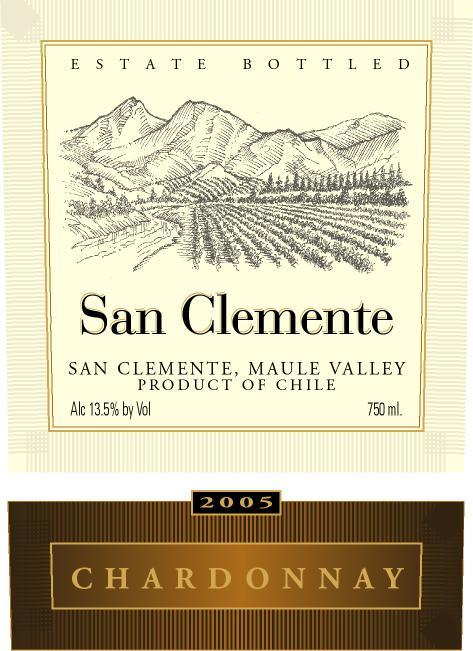2005 Maule Valley Chardonnay
San Clemente Chardonnay from the renowned Maule Valley captivates the senses with its elegant golden hue, reflecting the wine's mature character. This 2005 vintage offers a medium-bodied profile, seamlessly balancing a lively acidity that brings a refreshing brightness to each sip. The fruit intensity is prominent, showcasing ripe notes of pear and apple intermingled with subtle hints of citrus zest, making this wine particularly enjoyable. Its oak treatment contributes to a delicate creaminess that enhances the overall mouthfeel, while the wine remains beautifully dry. The San Clemente Chardonnay is a delightful choice for those seeking a sophisticated white wine that pairs wonderfully with seafood and creamy pasta dishes.
San Clemente Chardonnay from the renowned Maule Valley captivates the senses with its elegant golden hue, reflecting the wine's mature character. This 2005 vintage offers a medium-bodied profile, seamlessly balancing a lively acidity that brings a refreshing brightness to each sip. The fruit intensity is prominent, showcasing ripe notes of pear and apple intermingled with subtle hints of citrus zest, making this wine particularly enjoyable. Its oak treatment contributes to a delicate creaminess that enhances the overall mouthfeel, while the wine remains beautifully dry. The San Clemente Chardonnay is a delightful choice for those seeking a sophisticated white wine that pairs wonderfully with seafood and creamy pasta dishes.




